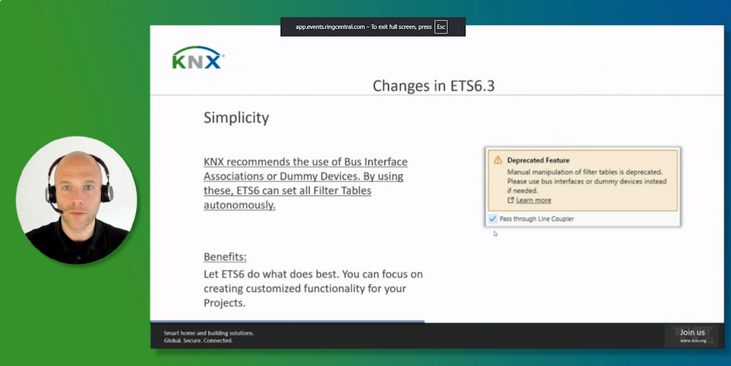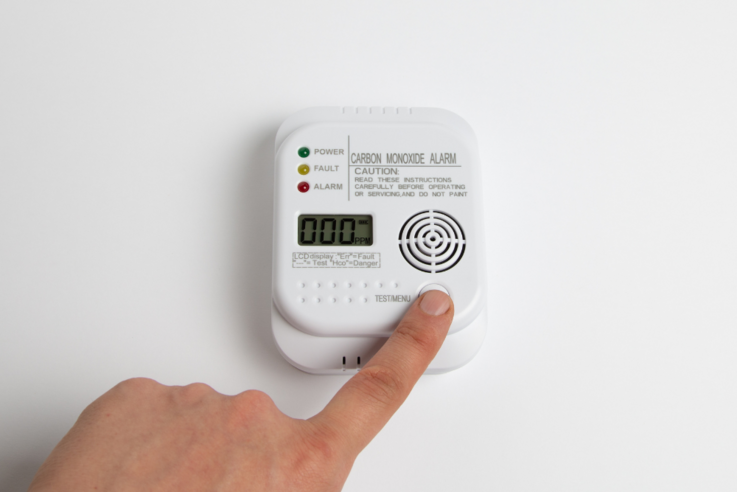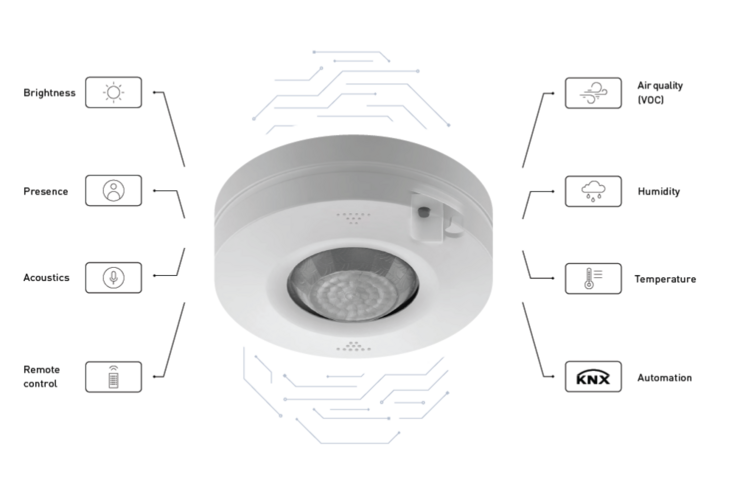19. Apr 2024
Why you should add a CO₂ monitor to your smart home

What is CO₂ exactly? A simple enough question, though often misunderstood. In this article, we’re raising more awareness about CO₂, its effects on your indoor environment and how a smart CO₂ monitor helps to maintain a healthy home by alerting homeowners early on (even when they’re not at home).
What is Carbon Dioxide (CO₂)?
Carbon dioxide is a colorless, odorless gas that naturally occurs in the air we breathe. It’s produced by respiration, combustion processes (like gas heating), and even by cooking or using certain appliances indoors. While CO₂ is not toxic in low concentrations, elevated levels can negatively impact your well-being, causing symptoms such as drowsiness, headaches, and reduced cognitive performance. Poor ventilation - especially in winter months - can cause CO₂ to accumulate indoors, affecting both comfort and productivity.
Why you should consider a smart CO₂ monitor instead of a traditional air quality sensor
The best way to maintain good air quality and prevent the side effects of elevated CO₂ levels is by ventilating your home. But how do you know when it’s time to open a window or turn on your ventilation system? That’s where the smart CO₂ monitor comes in.
Downsides of traditional air quality sensors
Traditional air quality monitors offer a basic overview of your indoor environment, but they might not give detailed insights into CO₂ specifically.
- Limited specificity – Many generic air quality sensors focus on VOCs or particulate matter but don’t offer real-time CO₂ readings, which are critical for air freshness and comfort.
- No active alerts – These units typically don’t notify you when CO₂ levels rise to uncomfortable or unhealthy levels. Instead, they display values that may go unnoticed.
- No remote access – If you’re not home, you won’t know whether your indoor air quality is deteriorating—especially important in rooms that are regularly occupied, such as bedrooms or offices.
How smart CO₂ monitors provide added value to your home environment
Smart CO₂ monitors go beyond the basics. They analyze your indoor air in real time, provide alerts, and help automate actions to improve air quality.
- Remote monitoring – Smart CO₂ monitors are connected via Wi-Fi or other networks, so you can keep an eye on your home’s air quality anytime, anywhere, directly from your smartphone.
- Smart home integration – Connect your CO₂ monitor to your KNX system and smart assistants to automate actions like opening motorized windows or activating ventilation units when CO₂ thresholds are exceeded. This keeps your air fresh and reduces the need for manual intervention.
Equipped with other smart technologies - Today’s advanced indoor climate sensors often combine CO₂ monitoring with other features, such as temperature, humidity, and VOC detection. The Vestamatic all-in-one-sensor for example, combines air quality sensing with presence detection and temperature control in one sleek unit.
Realtime updates and actionable insights – A smart CO₂ monitor doesn’t just alert you during critical spikes—it provides ongoing insights into how your home breathes. Which rooms retain stale air? When is CO₂ highest during the day? Use the data to adjust your habits and systems.
Conclusion
With all the benefits a CO₂ monitor adds to your indoor comfort and wellness, it’s highly recommended to add one to your smart home system. Not only does it help you breathe easier, but it also supports your productivity, sleep, and long-term health. Make sure it’s installed by a professional to guarantee optimal functionality and reliability.
Highlights
-
 Press
PressETS6 Roadshow 2025 marks global success, showcases power of ETS6.3
ETS6 takes center stage during the month of May with 24 roadshow stops all over the world. -
 News
NewsThe KNX Journal 2025 is now available
The latest edition of our annual smart home and building solutions magazine has arrived. The KNX Journal 2025 offers ... -
 News
NewsNew ETS App: Password Manager
The ETS Password Manager is a powerful new ETS App introduced in ETS 6.3 that eliminates the need to repeatedly enter ...


